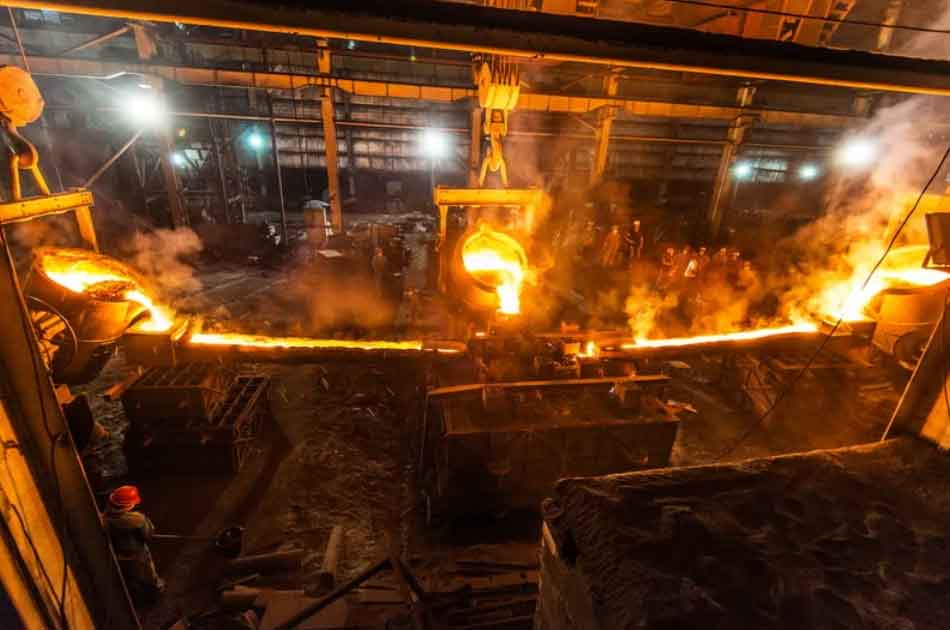1) The fillet of steel casting belongs to the hot spot, which usually lags behind the solidification of other parts.
2) Furan resin sand has good thermal insulation and takes a long time to solidify into a hard shell on the surface of steel castings, especially at the fillet.
3) The use of benzoic acid as curing agent in furan resin sand leads to serious sulfurization on the surface of steel castings, resulting in the formation of many low melting point sulfides, which aggravates the lag solidification at the fillet and hot joint.
4) When other parts of the steel casting solidify, large stress will be generated at the fillet. At the same time, the volume shrinkage generated by the first solidified part of the steel casting needs to be supplemented by the non solidified liquid steel. After the liquid steel lagging behind the solidification at the fillet is supplemented to other parts, there is no liquid steel at the fillet. Two factors form cracks, and finally form shrinkage cracks and casting defects.
5) The crack position of shrinkage crack casting defect has not solidified into a hard shell, so the two sides of the crack can not form mutually bridging sawtooth shape, but similar to the dendritic solidification shape on the shrinkage cavity surface.

